Home>Gardening & Outdoor>Landscaping Ideas>What Grass Do Deer Eat
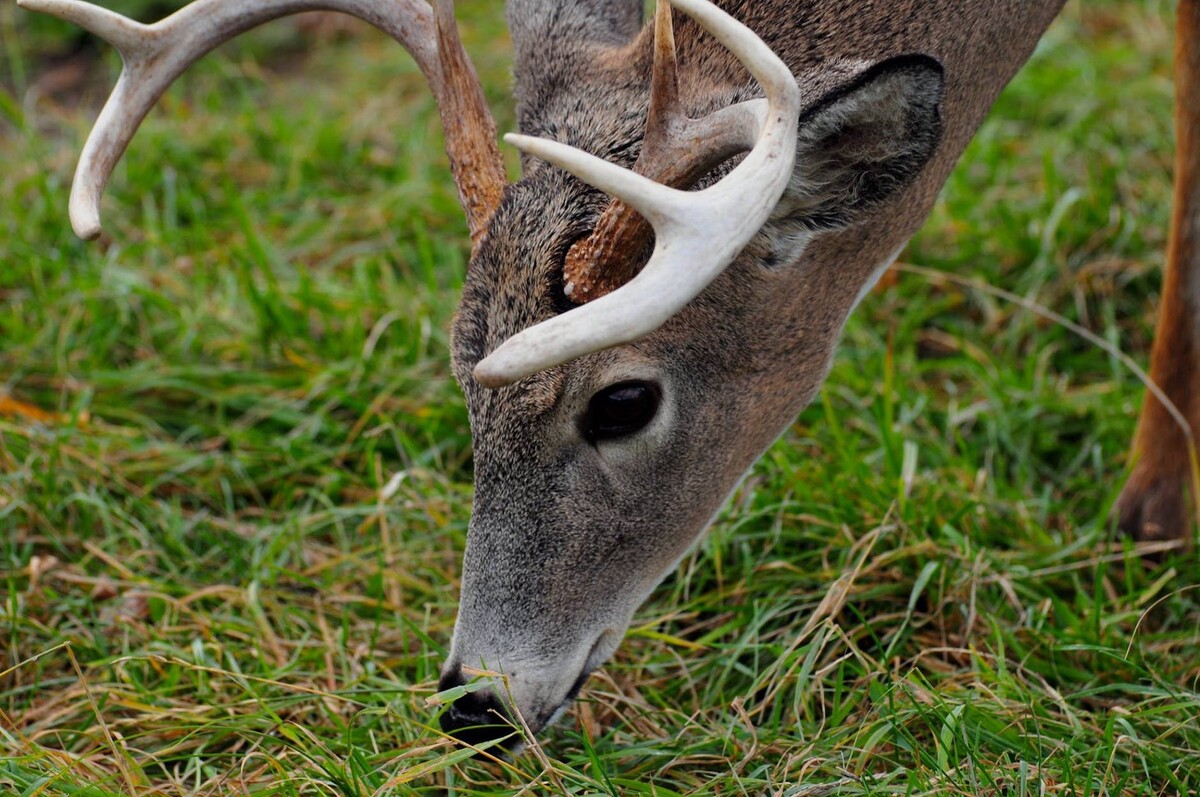

Landscaping Ideas
What Grass Do Deer Eat
Published: January 26, 2024
Discover the best landscaping ideas for attracting deer with the right grass. Learn which types of grass deer love to eat and how to incorporate them into your landscape.
(Many of the links in this article redirect to a specific reviewed product. Your purchase of these products through affiliate links helps to generate commission for Storables.com, at no extra cost. Learn more)
Introduction
Deer are fascinating creatures that roam the woodlands and meadows, captivating the hearts of nature enthusiasts and wildlife admirers. Their diet primarily consists of vegetation, with grass being a significant component. Understanding the types of grasses deer consume, their nutritional value, and the factors influencing their grass consumption can provide valuable insights into these majestic animals' behavior and habitat.
In this article, we will delve into the world of deer and their relationship with grasses. We will explore the various types of grasses that deer are known to consume, the nutritional benefits these grasses offer, and the factors that influence deer's preferences for specific types of grass. By gaining a deeper understanding of these aspects, we can appreciate the intricate dynamics of the natural world and the delicate balance that sustains the wildlife around us.
Join us on this journey as we uncover the fascinating world of deer and their dietary habits, shedding light on the significance of grasses in their daily lives. Let's embark on an exploration of the lush green pastures and the vital role they play in sustaining the graceful deer population.
Key Takeaways:
- Deer rely on a variety of grasses like Bermuda grass and fescue for nutrition. These grasses provide essential carbohydrates, proteins, vitamins, and minerals, supporting the health and vitality of deer populations.
- Factors like seasonal availability, palatability, and habitat diversity influence deer’s grass consumption. Understanding these factors helps us appreciate the delicate balance that sustains the graceful deer population in their natural habitats.
Read more: What Are Deer Eating In The Grass
Types of Grasses
Grasses are a fundamental component of deer diets, offering a diverse array of species that cater to the nutritional needs of these graceful creatures. Understanding the various types of grasses that deer consume provides valuable insights into their foraging habits and dietary preferences. Let's explore some of the common grasses that deer are known to consume:
1. Bermuda Grass
- Scientific Name: Cynodon dactylon
- Description: Bermuda grass is a warm-season perennial grass that thrives in various habitats, including open woodlands and meadows. It is characterized by its fine texture and resilient nature, making it a favored choice for deer grazing.
2. Fescue
- Scientific Name: Festuca spp.
- Description: Fescue grasses are cool-season perennials that are prevalent in many deer habitats. They are known for their hardiness and ability to withstand grazing pressure, making them a reliable food source for deer throughout the year.
3. Ryegrass
- Scientific Name: Lolium spp.
- Description: Ryegrass is a cool-season grass that is highly palatable to deer. Its lush, tender blades make it an attractive grazing option, especially during the cooler months when other grasses may be less abundant.
Read more: Why Do Deer Eat Grass
4. Orchard Grass
- Scientific Name: Dactylis glomerata
- Description: Orchard grass is a perennial cool-season grass that provides nutritious forage for deer. Its rapid regrowth and high palatability make it a sought-after choice in deer habitats.
5. Bluegrass
- Scientific Name: Poa spp.
- Description: Bluegrass is a cool-season perennial grass that is highly preferred by deer due to its tender leaves and high nutritional content. It is commonly found in open fields and meadows, serving as a valuable food source for deer populations.
6. Switchgrass
- Scientific Name: Panicum virgatum
- Description: Switchgrass is a warm-season perennial grass that offers substantial forage for deer. Its dense growth and adaptability to various soil types make it a resilient choice for deer grazing.
These are just a few examples of the diverse grass species that deer rely on for sustenance. Each type of grass offers unique nutritional benefits and palatability, contributing to the overall health and well-being of deer populations. Understanding the characteristics of these grasses provides valuable insights into the intricate relationship between deer and their natural food sources.
As we continue our exploration, we will delve into the nutritional value of these grasses for deer, shedding light on the vital role they play in sustaining the graceful deer population.
Nutritional Value of Grasses for Deer
Grasses serve as a vital source of nutrition for deer, offering a diverse array of essential nutrients that contribute to their overall health and well-being. These lush green plants provide a rich supply of carbohydrates, proteins, vitamins, and minerals, catering to the dietary requirements of deer throughout the year.
Carbohydrates: Grasses are abundant in carbohydrates, serving as a primary energy source for deer. Carbohydrates play a crucial role in fueling deer's daily activities, including foraging, mating, and evading predators. The energy derived from carbohydrates enables deer to maintain their metabolic functions and sustain their physical endurance in their natural habitats.
Proteins: Grasses also contain proteins, which are essential for muscle development, growth, and overall body maintenance in deer. Proteins play a pivotal role in supporting deer's physiological functions, including tissue repair, immune system function, and the production of vital enzymes and hormones. The presence of proteins in grasses contributes to the overall health and vitality of deer populations.
Vitamins and Minerals: Grasses are a rich source of vitamins and minerals that are crucial for deer's well-being. These include vitamins A, D, and E, as well as essential minerals such as calcium, phosphorus, and potassium. These nutrients support various physiological processes in deer, including bone development, immune system function, and overall metabolic balance.
Fiber: Grasses provide dietary fiber, which aids in digestion and promotes gut health in deer. Fiber plays a key role in maintaining proper digestive function and nutrient absorption, contributing to the overall digestive well-being of deer as they forage on a diet primarily composed of vegetation.
The nutritional value of grasses for deer extends beyond mere sustenance, playing a pivotal role in supporting their growth, reproduction, and overall resilience in their natural habitats. The diverse array of nutrients present in grasses reflects the intricate balance of the natural ecosystem, where these plants serve as a cornerstone of the deer's dietary requirements.
Understanding the nutritional significance of grasses for deer sheds light on the delicate interplay between vegetation and wildlife, highlighting the essential role that grasses play in sustaining the graceful deer population. As we delve deeper into the preferred grasses for deer and the factors influencing their grass consumption, we gain a deeper appreciation for the intricate dynamics of the natural world and the delicate balance that sustains the wildlife around us.
Read more: What Kind Of Grass Do Sheep Eat
Preferred Grasses for Deer
When it comes to the preferred grasses for deer, several factors come into play, influencing their grazing choices and dietary preferences. Deer exhibit discerning tastes when it comes to selecting their grazing options, often favoring specific grass species that offer optimal nutrition and palatability. Understanding the preferred grasses for deer provides valuable insights into their foraging habits and the intricate relationship between vegetation and wildlife.
One of the most favored grass species among deer is Bermuda grass (Cynodon dactylon). This warm-season perennial grass is highly sought after by deer due to its fine texture and resilient nature. Its ability to thrive in various habitats, including open woodlands and meadows, makes it a reliable and abundant food source for deer populations. The palatability and nutritional content of Bermuda grass make it a preferred grazing option for deer throughout the year.
Fescue (Festuca spp.) is another grass species that ranks high on the list of preferred forage for deer. These cool-season perennials are known for their hardiness and ability to withstand grazing pressure, making them a reliable food source for deer populations. The lush, tender blades of fescue grass make it an attractive grazing option, especially during the cooler months when other grasses may be less abundant.
Ryegrass (Lolium spp.) also holds a special place in the dietary preferences of deer. This cool-season grass is highly palatable to deer, offering lush, tender blades that are rich in nutrients. Its high palatability and nutritional value make it an appealing choice for deer grazing, particularly during the cooler months when other forage options may be limited.
Orchard grass (Dactylis glomerata) is favored by deer for its rapid regrowth and high palatability. This perennial cool-season grass provides nutritious forage for deer populations, contributing to their overall health and well-being. The abundance and nutritional content of orchard grass make it a sought-after choice in deer habitats, supporting their dietary requirements throughout the year.
Bluegrass (Poa spp.) is highly preferred by deer due to its tender leaves and high nutritional content. This cool-season perennial grass is commonly found in open fields and meadows, serving as a valuable food source for deer populations. The palatability and abundance of bluegrass make it a favored grazing option for deer, contributing to their overall nutritional intake.
Switchgrass (Panicum virgatum) also ranks among the preferred grasses for deer, offering substantial forage and resilience in various habitats. Its dense growth and adaptability to different soil types make it an attractive grazing option for deer populations, providing essential nutrition and sustenance.
Understanding the preferred grasses for deer sheds light on the intricate dynamics of their dietary habits and foraging preferences. By recognizing the significance of these grass species in sustaining deer populations, we gain a deeper appreciation for the delicate balance of the natural ecosystem and the vital role that grasses play in supporting the graceful deer population.
Factors Affecting Deer's Grass Consumption
Several factors influence deer's grass consumption, shaping their foraging habits and dietary preferences in their natural habitats. Understanding these factors provides valuable insights into the intricate dynamics of deer's grazing behavior and the delicate balance between vegetation and wildlife.
-
Seasonal Availability: The seasonal abundance of grass species significantly impacts deer's grass consumption. During the warmer months, warm-season grasses such as Bermuda grass thrive, providing ample forage for deer. In contrast, cool-season grasses like fescue and ryegrass become prominent during cooler months, influencing deer's grazing choices based on the availability of specific grass species.
-
Palatability and Nutritional Content: The palatability and nutritional value of grasses play a pivotal role in deer's grazing preferences. Deer exhibit selective feeding behavior, favoring grass species with higher palatability and nutritional content. Species such as bluegrass and orchard grass, known for their tender leaves and rich nutrients, are often preferred by deer due to their palatable nature and essential dietary benefits.
-
Habitat Diversity: The diversity of habitats within deer territories influences their grass consumption patterns. Deer populations residing in areas with a diverse range of grass species may exhibit varied grazing habits, adapting their foraging behavior based on the availability of different grasses in their immediate surroundings.
-
Competition with Other Herbivores: Competition with other herbivores, such as elk or livestock, can impact deer's access to preferred grass species. In areas where multiple herbivore species coexist, deer may adjust their grass consumption patterns based on the availability of forage and the presence of competing grazers.
-
Human Activity and Land Use: Human activity and land use practices can affect the availability and quality of grass for deer. Factors such as habitat fragmentation, agricultural practices, and urban development can alter the distribution and abundance of grass species, influencing deer's access to suitable forage within their habitats.
-
Weather Conditions: Weather fluctuations, such as drought or excessive rainfall, can impact the growth and availability of grasses, subsequently influencing deer's grass consumption. Adverse weather conditions may lead deer to seek out alternative forage options or adjust their grazing patterns based on the changing landscape.
Understanding the multifaceted factors affecting deer's grass consumption provides valuable insights into their foraging behavior and the intricate interplay between environmental dynamics and wildlife sustenance. By recognizing the complex influences that shape deer's dietary preferences, we gain a deeper appreciation for the delicate balance that sustains the graceful deer population in their natural ecosystems.
Conclusion
In conclusion, the intricate relationship between deer and grasses unveils a captivating narrative of nature's delicate balance and the vital role that vegetation plays in sustaining wildlife populations. The diverse array of grass species, ranging from Bermuda grass to fescue, ryegrass, orchard grass, bluegrass, and switchgrass, provides a rich tapestry of forage options for deer, catering to their nutritional needs throughout the year.
The nutritional value of grasses for deer, encompassing carbohydrates, proteins, vitamins, minerals, and dietary fiber, underscores the essential role that these plants play in supporting the overall health and well-being of deer populations. From fueling their energy requirements to promoting muscle development, bone health, and digestive well-being, grasses serve as a cornerstone of the deer's dietary requirements, shaping their vitality and resilience in their natural habitats.
The preferred grasses for deer, characterized by their palatability, nutritional content, and seasonal availability, offer valuable insights into the discerning grazing habits of these graceful creatures. Factors such as seasonal abundance, habitat diversity, competition with other herbivores, and human activity influence deer's grass consumption patterns, reflecting the intricate interplay between environmental dynamics and wildlife sustenance.
By gaining a deeper understanding of the factors influencing deer's grass consumption and their preferred forage options, we unravel the nuanced intricacies of their foraging behavior and the delicate balance that sustains the graceful deer population. This knowledge not only enriches our appreciation for the natural world but also underscores the importance of preserving diverse habitats and sustaining the rich tapestry of vegetation that supports wildlife populations.
As we reflect on the profound connection between deer and grasses, we are reminded of the profound interdependence that defines the intricate web of life. The lush green pastures and meadows, adorned with a diverse array of grass species, stand as a testament to the resilience and beauty of nature, providing sustenance and sanctuary for the majestic deer that roam these verdant landscapes.
In the grand tapestry of the natural world, the graceful deer and the lush grasses intertwine, weaving a timeless narrative of harmony and vitality. Through our understanding and stewardship, we can ensure that this timeless narrative endures, preserving the delicate balance that sustains the graceful deer population for generations to come.
Frequently Asked Questions about What Grass Do Deer Eat
Was this page helpful?
At Storables.com, we guarantee accurate and reliable information. Our content, validated by Expert Board Contributors, is crafted following stringent Editorial Policies. We're committed to providing you with well-researched, expert-backed insights for all your informational needs.
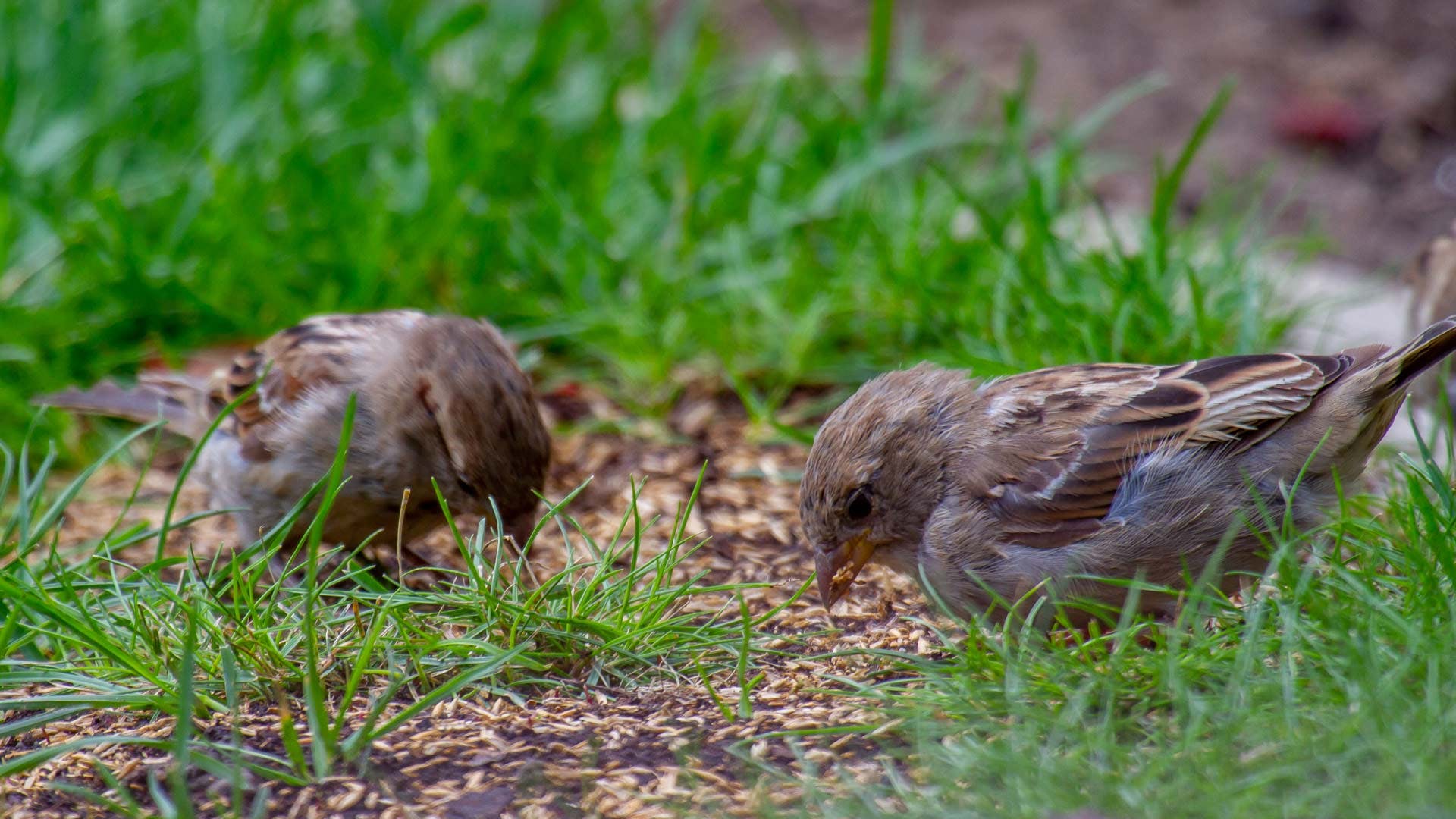
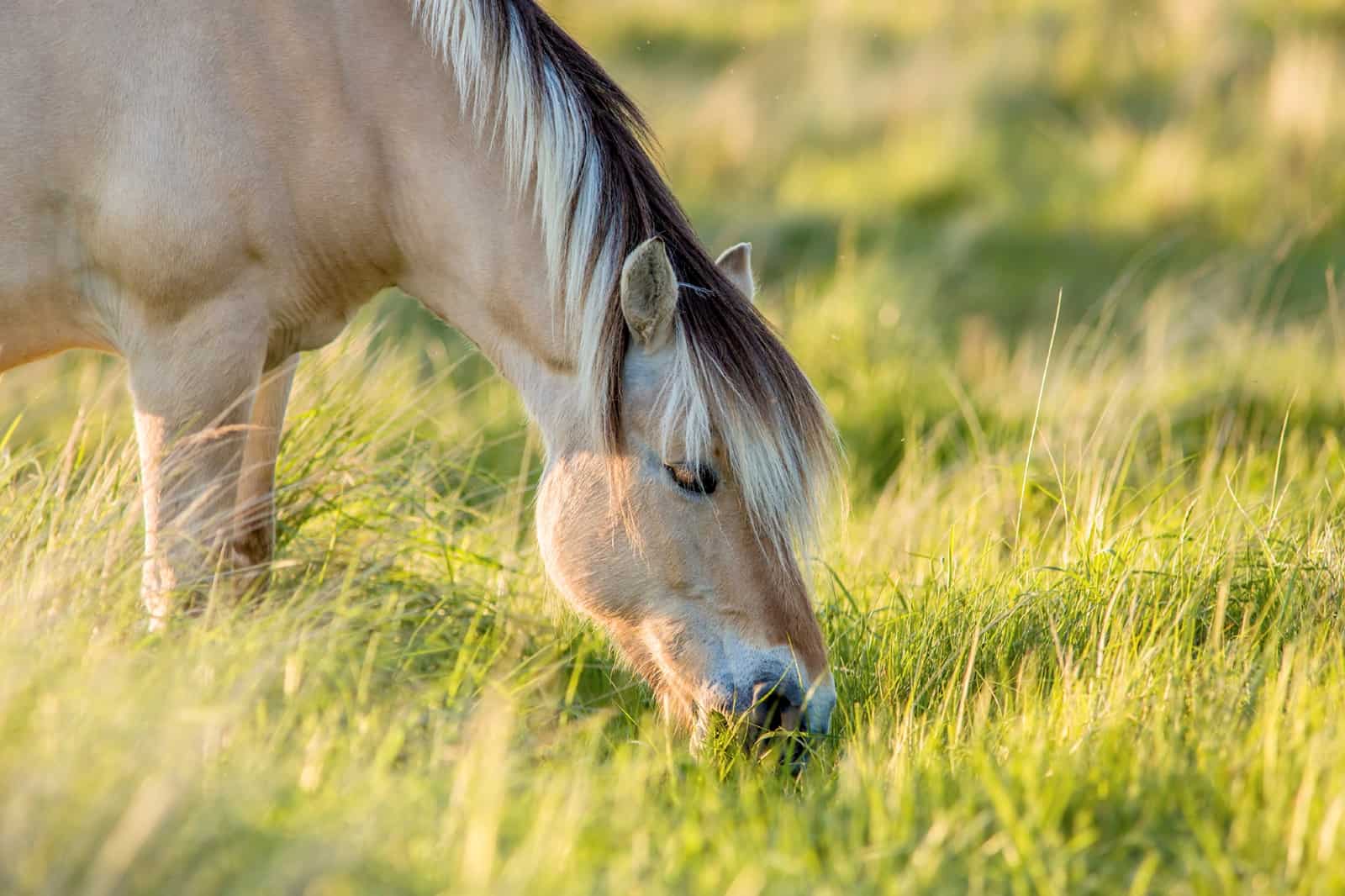
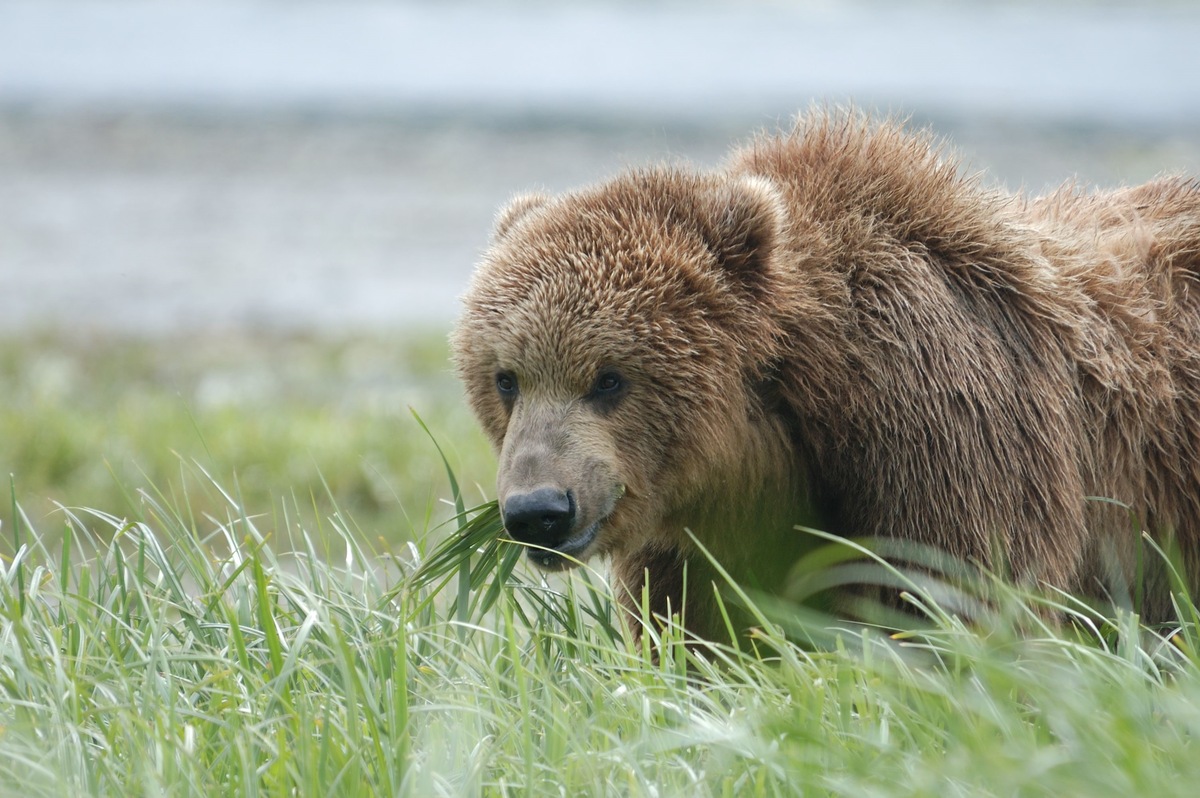
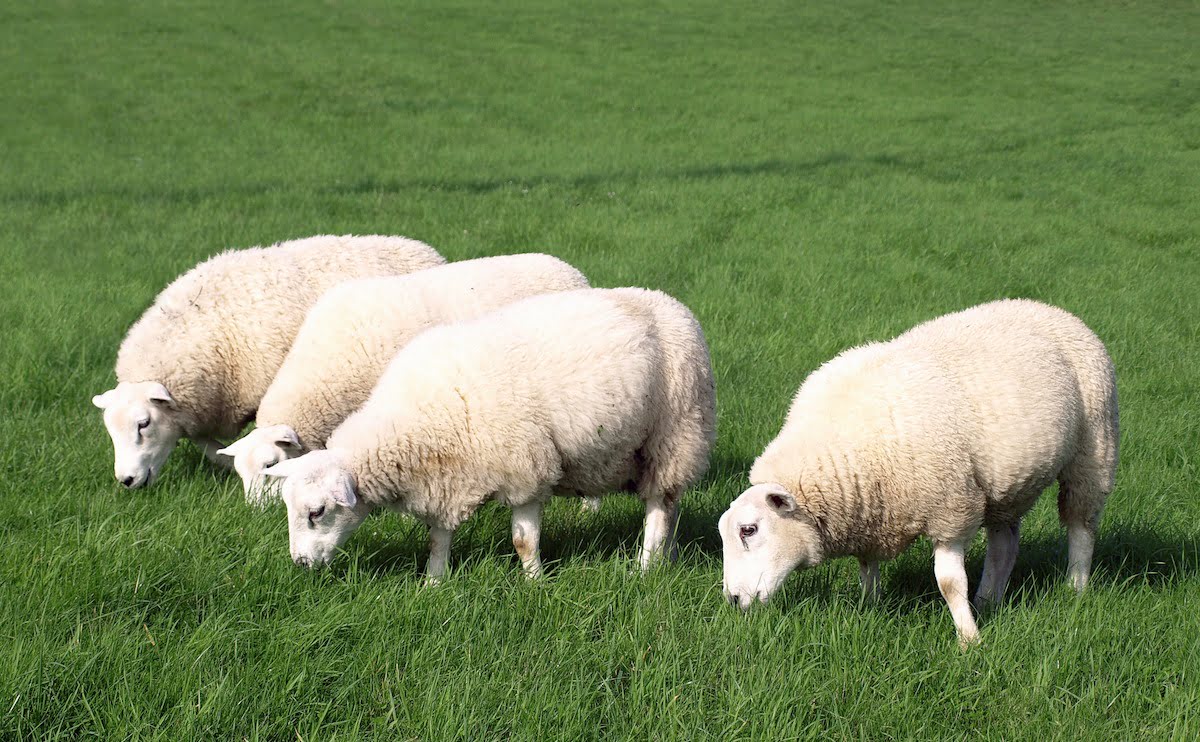
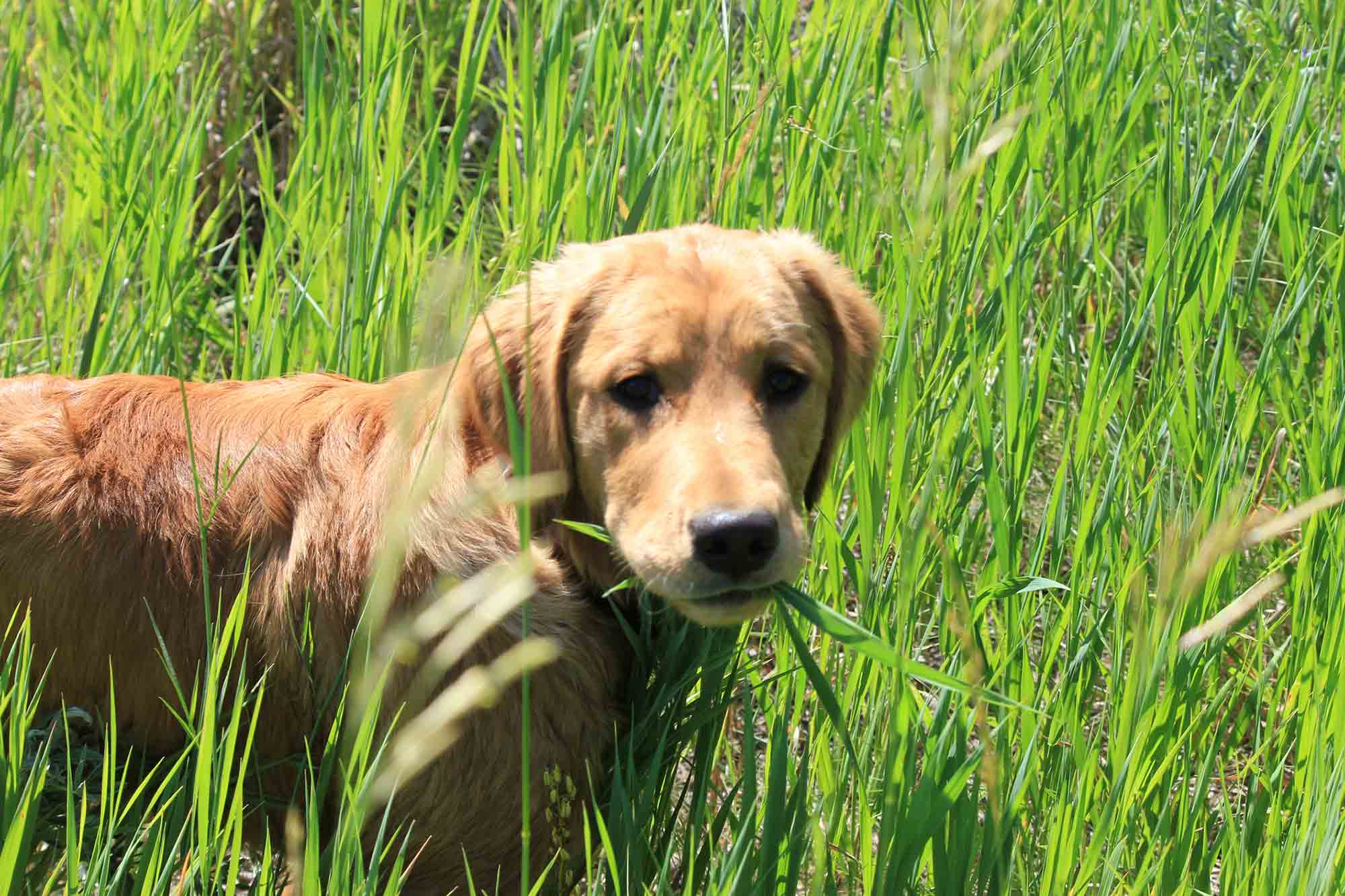

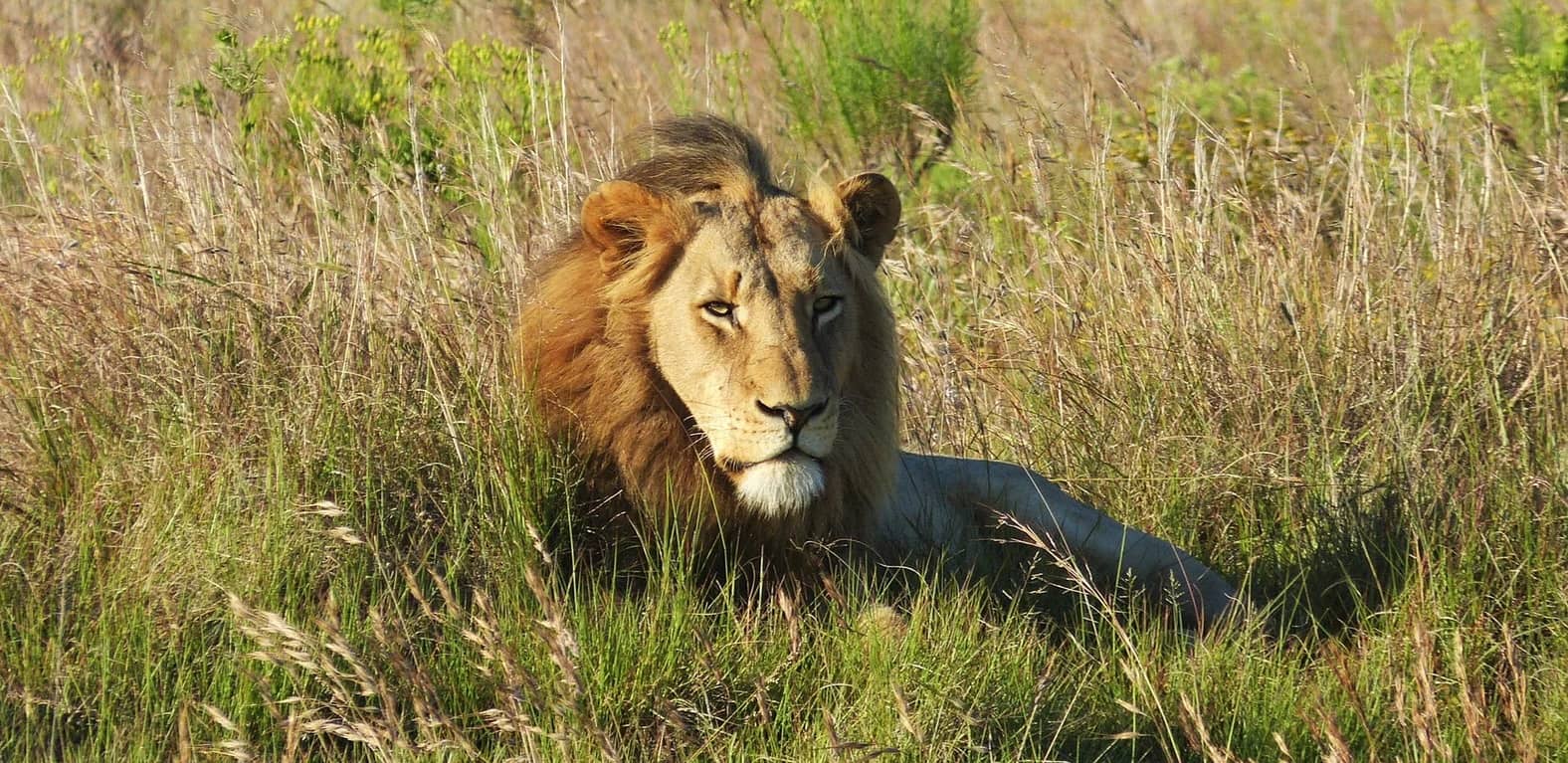
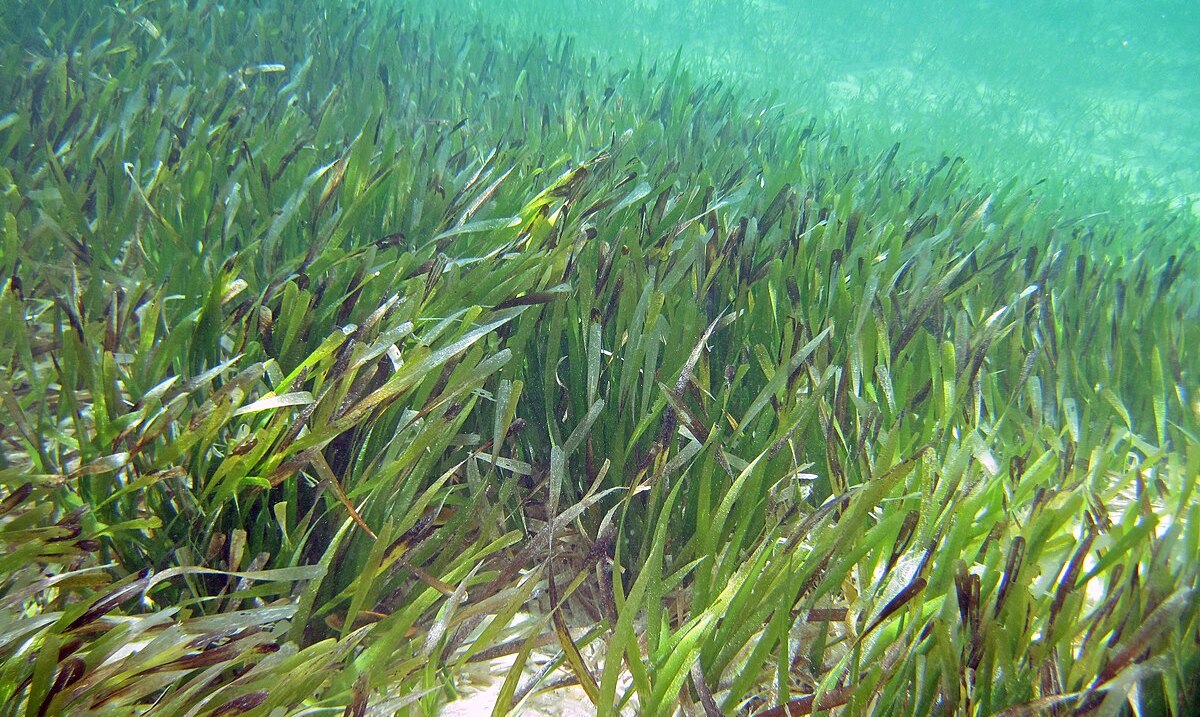
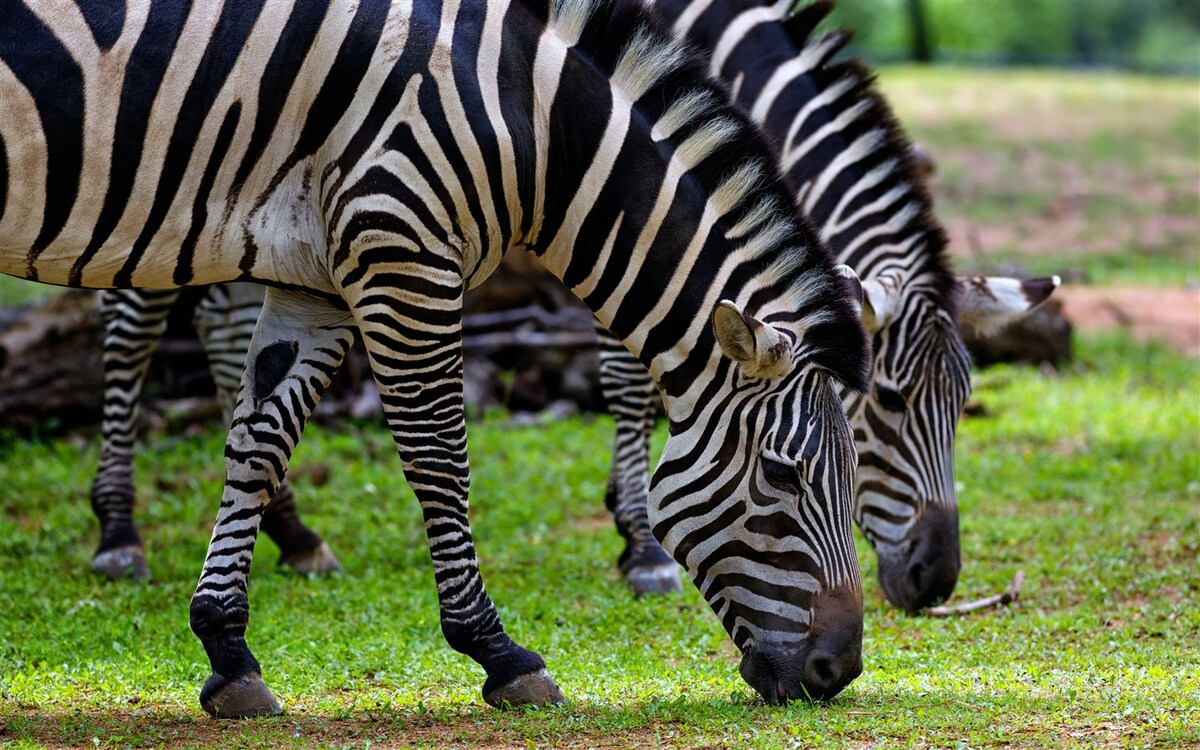
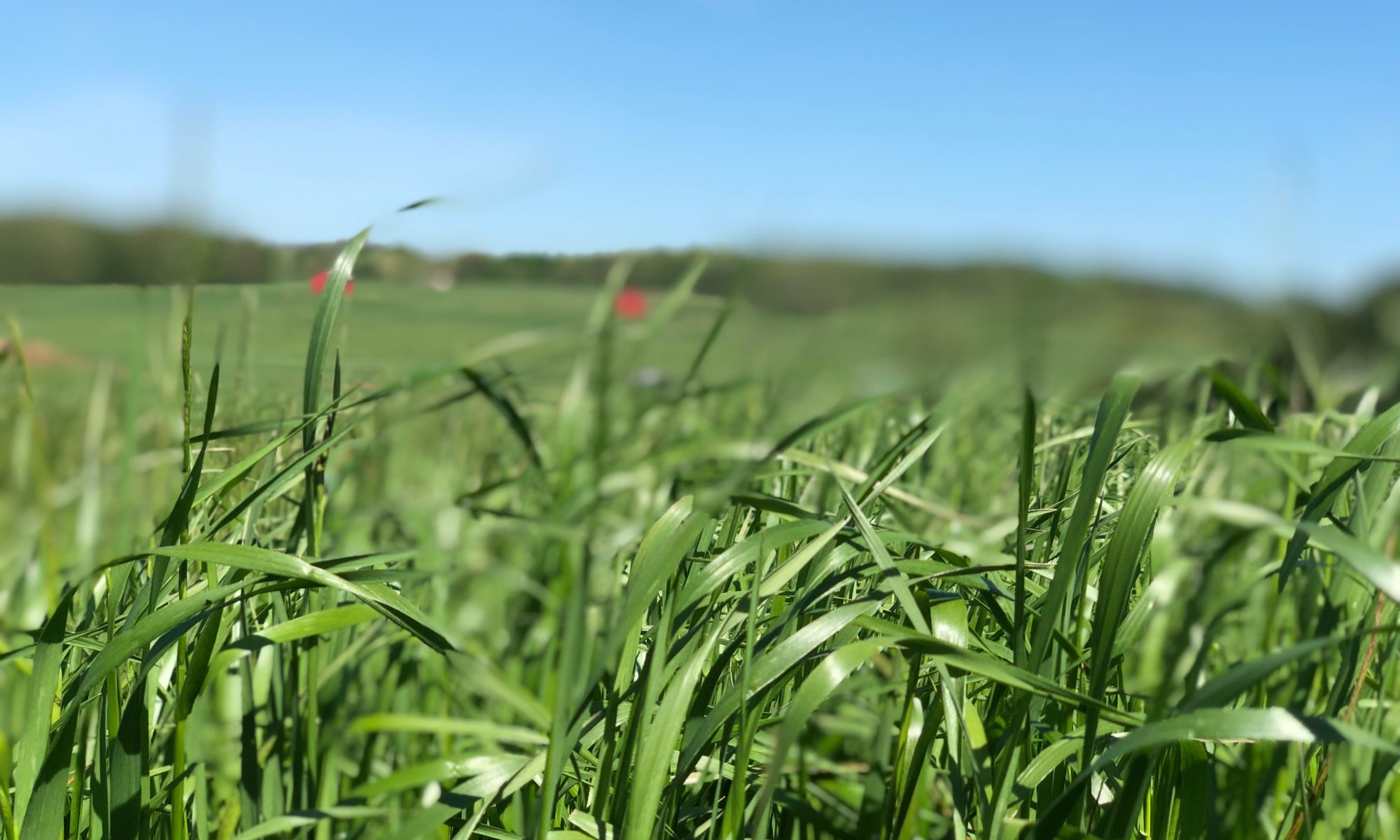
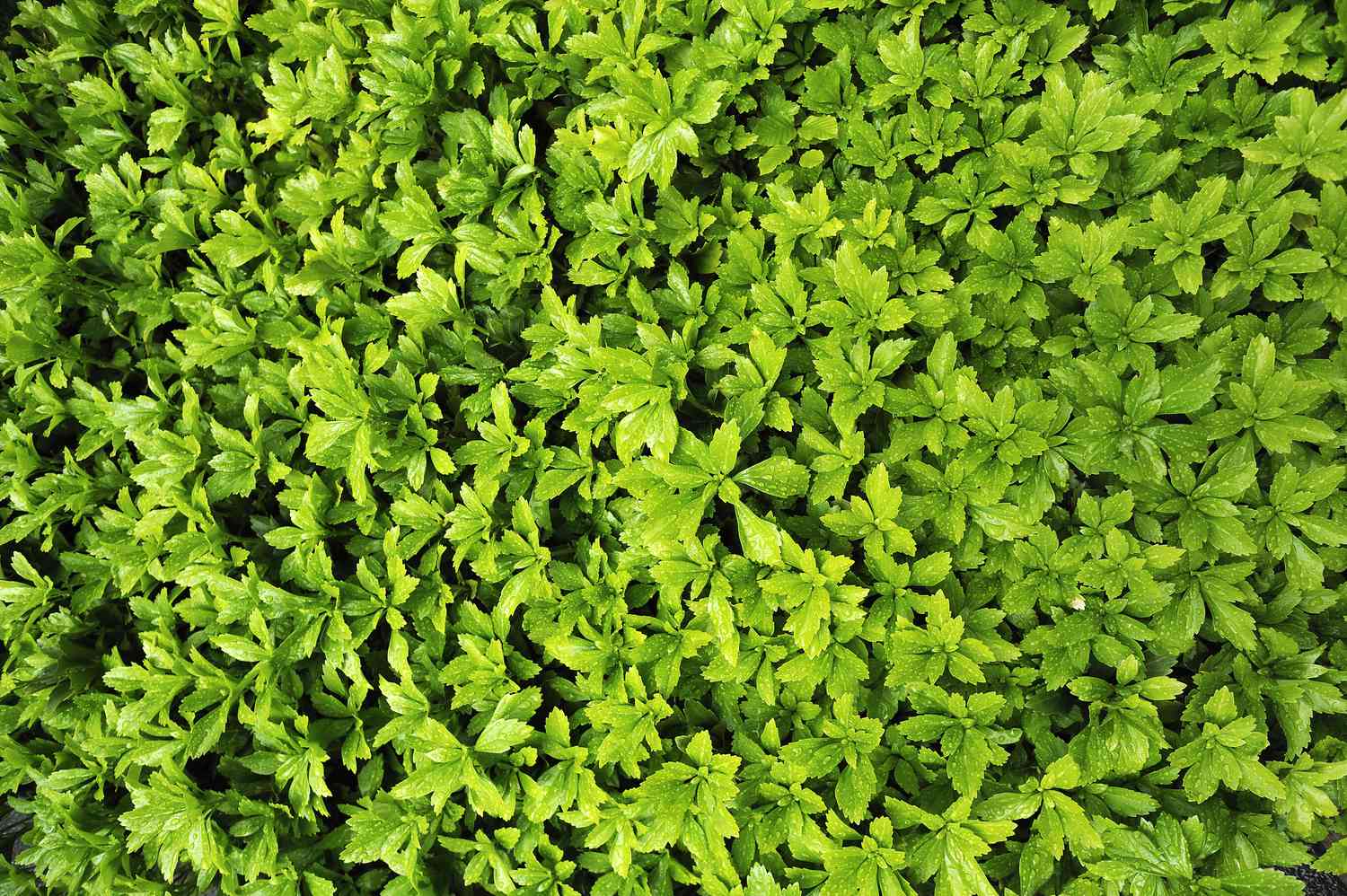
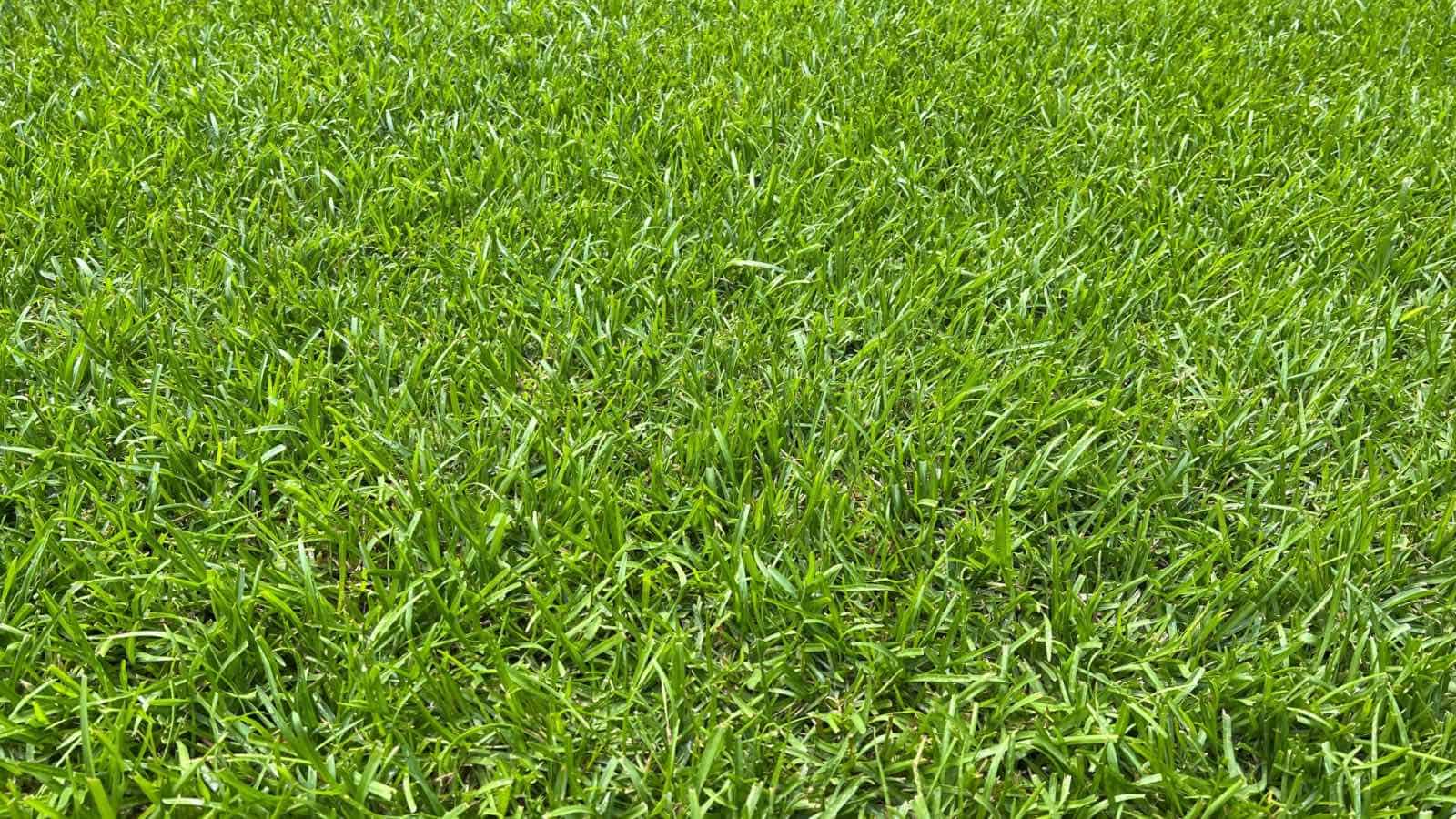
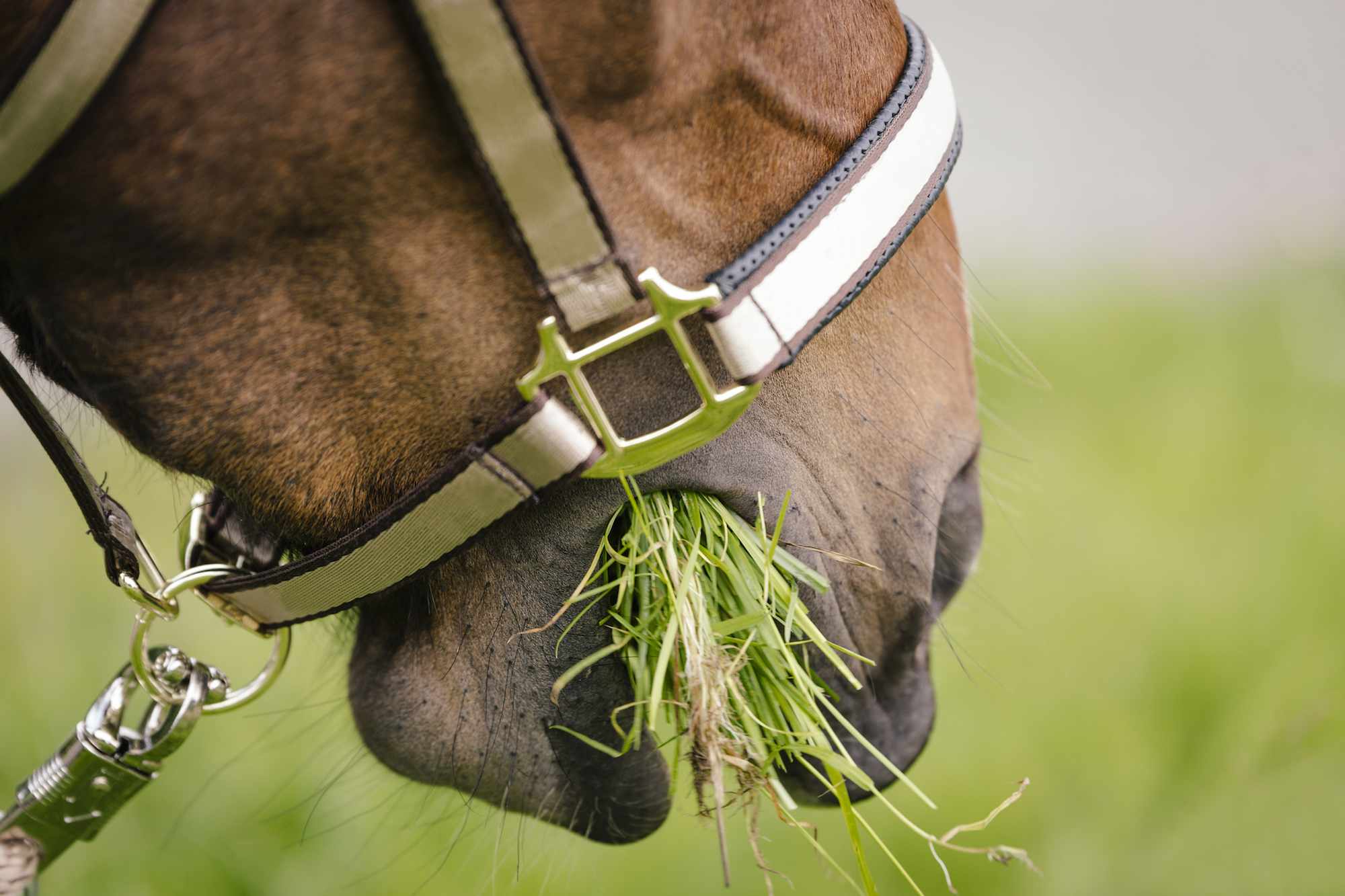

0 thoughts on “What Grass Do Deer Eat”